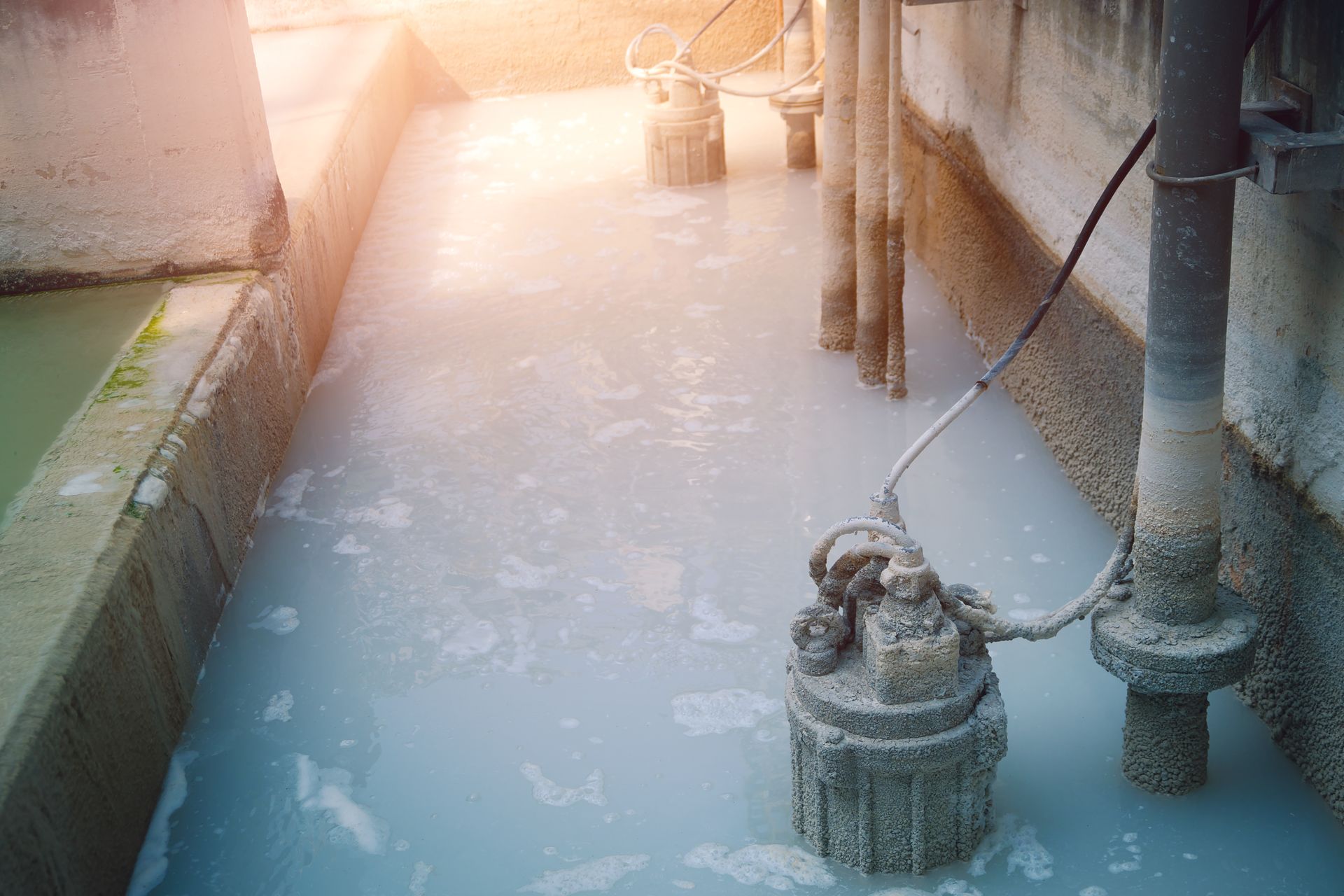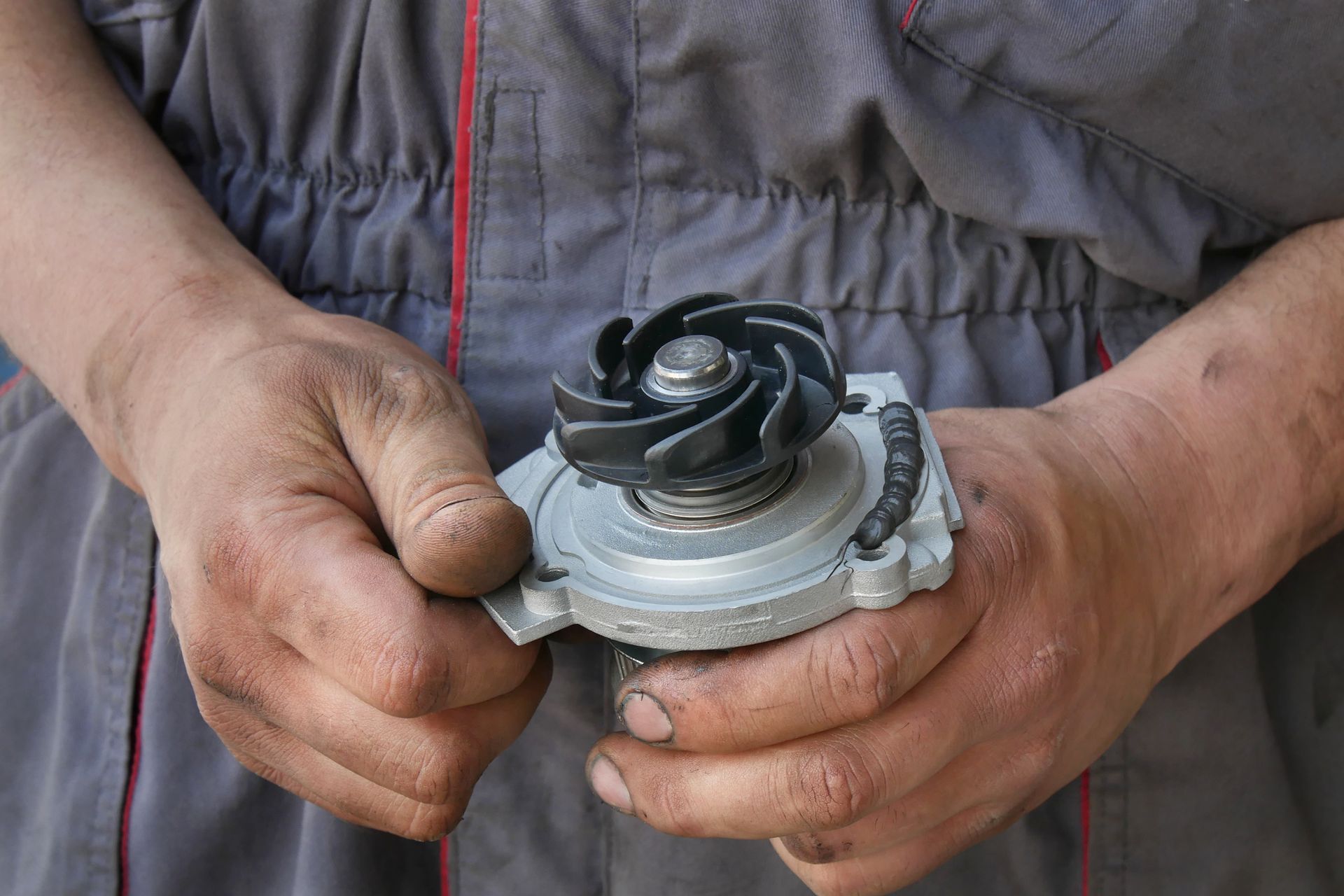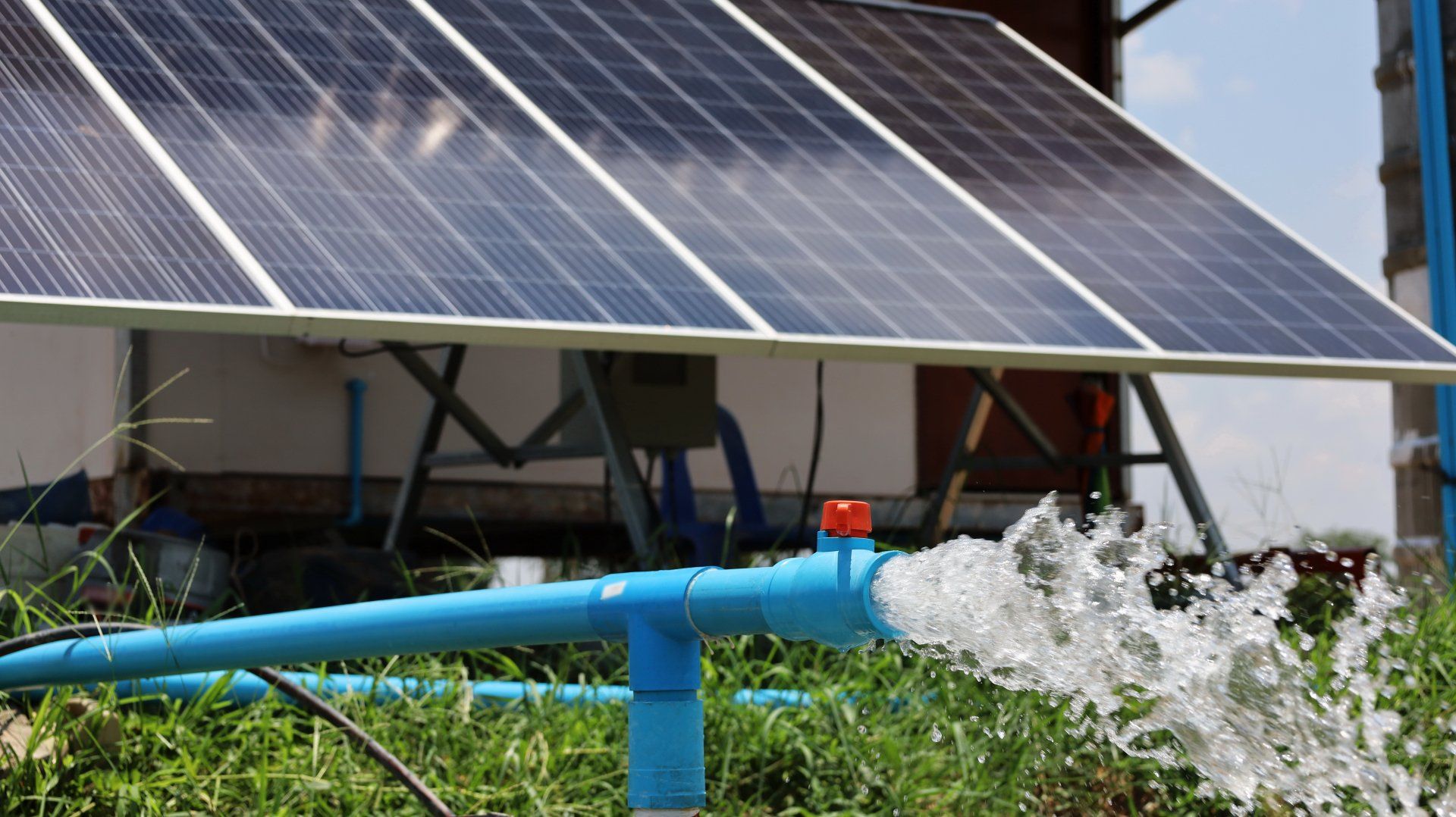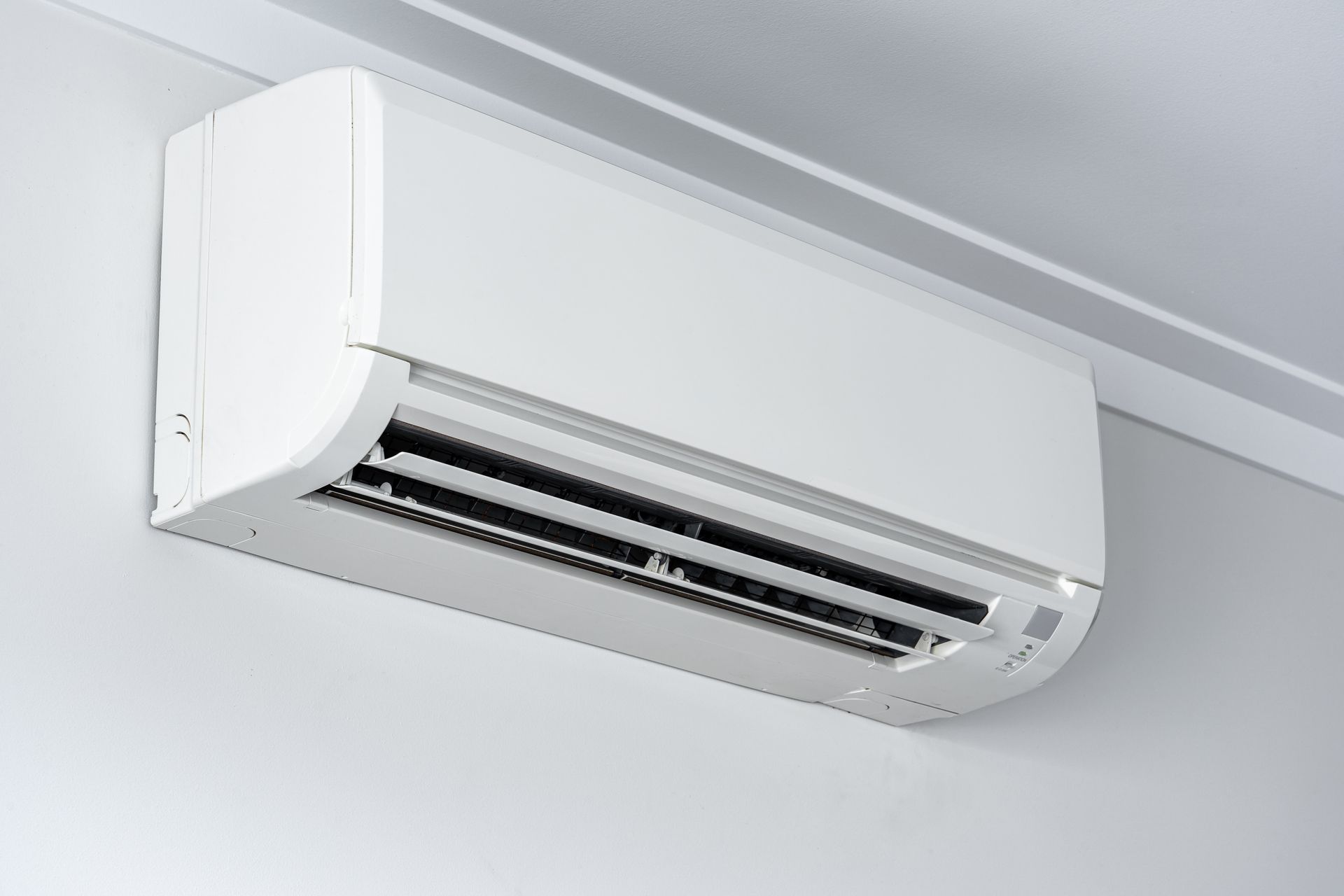PO BOX 161 Midland DC WA 6936
How do solar water pumps work and what do they do?
A solar pump is an electric water pump powered by the sun. The pump can easily be installed in a remote area (e.g. away from mains power) and reliably provides a constant water supply year-round. Solar pumps usually consist of three parts: solar panels, the controller and switches, and the pump itself.
Solar pump components.
The solar panels are mounted on a post or frame in an optimal position to soak up the most sun rays. Shaded areas are avoided, but navigating shade generally isn’t a problem in remote properties. The panels convert the sun’s energy into electricity, which is what powers the pump.
That power is fed into a control unit. This control unit ensures the correct voltage is being fed into the motor to operate the pump. A pressure switch (sometimes called a float switch) tells the pump when water is required — this switch turns the pump on and off to create an automated system.
The pump system is installed next to a body of water — commonly a dam, river or bore. The pump might be a floating submersible bore pump or a multistage pump on a float platform. These pumps are favoured because they’re very efficient and can produce a large amount of pressure from a small amount of power. The pump is attached to a pipe which distributes the water from the dam or river up to designated water point.
So, in summary, solar panels supply voltage to a control unit and pressure switch. The control operates the pump, the switch tells it when to turn on and off. The pump is connected to its intended distribution point — a storage tank, irrigation system, residential water needs, and so on.
Solar panels in action.
Morning sun.
When the sun rises in the morning and hits the panels, they immediately begin producing voltage. The system controller only starts the pump once a certain minimum voltage has been reached. When this happens, the pump starts, but only runs slowly as it’s working with minimum voltage. At this stage, the pump can’t produce much pressure. As the sun continues to beat down on the panels, more voltage will be produced and the pump can do its job at a higher pressure.
Once ample pressure has been reached, the pump can easily send water to a storage tank, begin watering trees or crops, working the pool pump, or whatever purpose it’s been installed for. Unless a pressure cut out or float switch turns the pump off, the pump will work through the day managing its own flow and pressure.
Afternoon sun.
In the afternoon as the sun fades and the evening creeps in, the pump gradually loses the ability to produce pressure. When insufficient voltage occurs, the controller unit shuts the pump down for the day. Rinse and repeat the next day, and that’s basically how solar pumps work.
What about cloudy days?
A little cloud cover won’t affect the system, but on days where there is significant cloud cover, the low flow and low voltage cut out can occur. In this case, the pump system shuts down until sunny conditions return, at which point it automatically starts working again.
What can solar pumps be used for?
As technology continues to evolve, there is a growing list of applications solar pumps can be used for. Since they supply constant water without the need to connect to mains power, the primary applications for solar pumps are for farm stock and residential water needs in remote or rural areas, suburban irrigation, and backyard swimming pools.
Should I get a solar pump for my swimming pool?
Solar pumps for residential swimming pools are becoming an increasingly popular option. These small but powerful solar pumps circulate and filter the pool water and have very low ongoing costs. In fact, after installation, they don’t cost anything to run (aside from maintenance when required). As the pump only works during the day (remember, all solar pumps need sunlight), water flow needs to be managed with a controller to avoid chlorination issues.
Where should I install a solar pump on my rural property?
In rural and remote settings, solar pumps are ideally placed near a water source (usually a dam, river or bore) and feed water to a tank on the highest point of the property. The high vantage point means that as the tank fills with water, gravity takes over and water can be distributed with minimal pumping and power consumption — sometimes, no power is required!
Get solar pumps with Sun City Pumps.
Sun City Pumps provides solar water pump services to rural and domestic properties, as well as the mining industry in Western Australia.
As a professional Electrical Contractor and CEC Accredited Designer and Installer, we specialise in the installation and maintenance of renewable energy pumping systems. Using leading brands, our quality equipment can be off-grid or grid-connected depending on your requirements. Either way, we’ll provide the optimal solution for your budget and project. Contact us today to get started.



Call Us Now
Sign Up
We will get back to you as soon as possible.
Please try again later.
Quick Links
Services
Support
Mon 9:00 am - 5.00pm
Tue 9:00 am - 5.00 pm
Wed 9:00 am - 5.00pm
Thr 9:00 am - 5.00 pm
Fri 9:00 am - 5.00 pm
Sat Close
Sun Close
Copyright © 2020 by Pumpelectricians | All rights reserved Designed by SEOEXTENT


